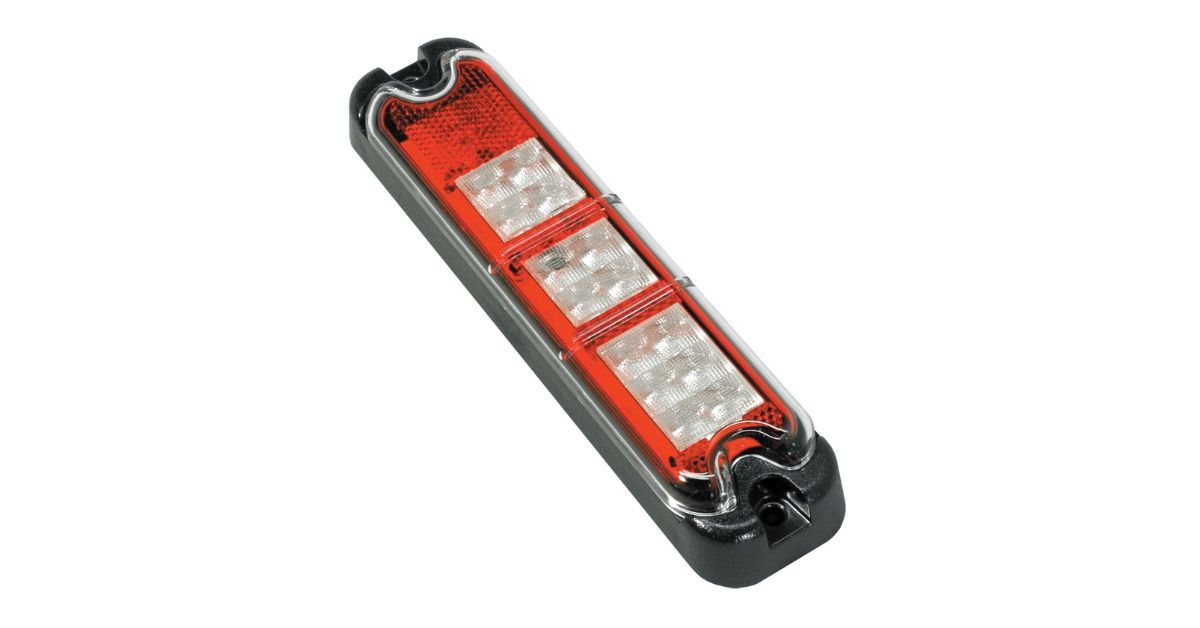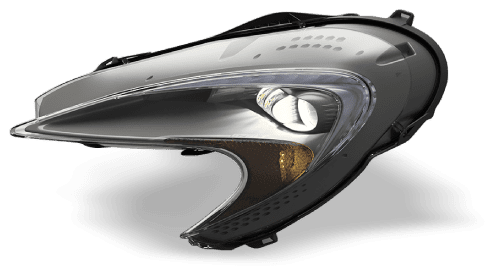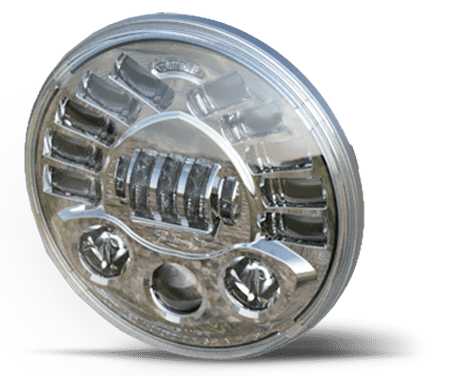
Amber vs. Switchback Turn Signals: The Differences Explained

Turn signals are an essential safety feature in any vehicle. Designed to communicate your intended direction to other drivers, they are vital for maintaining road safety and preventing accidents.
While turn signals may seem straightforward, advancements in automotive lighting technology have brought new options that go beyond traditional designs. Two popular types are amber turn signals and switchback turn signals.
If you’re considering upgrading your vehicle’s lighting or just want to understand the differences, follow this guide to learn what you need to know about these two types of indicators. Once you understand the key differences between amber and switchback turn signals, finding the perfect option for your vehicle will be a simple, seamless experience.
What Are Amber Turn Signals?
Amber turn signals are among the most common indicators in vehicles around the world. Engineered with clarity in mind, these signals emit a bright amber light that is easy to notice, even from a distance. Their purpose is simple and efficient—to relay directional intentions to other drivers, cyclists, and pedestrians.
One reason amber turn signals are so widespread is their high visibility. The color amber is something most recognize as a warning or cautionary light, so it naturally draws attention. These signals are also particularly effective at cutting through low-visibility conditions such as rain, fog, or heavy traffic.
Upon activation, amber signals stand out more vividly than standard white or red lights because of the human eye’s sensitivity to this wavelength. Another notable factor contributing to the prevalence of amber turn signals is regulatory consistency. Many countries require amber lighting for turn indicators due to its proven effectiveness in improving road safety. This standardized use ensures uniformity, making interactions with other vehicles more predictable and safer overall.

What Are Switchback Turn Signals?
Switchback turn signals represent an innovative approach to vehicle lighting. Unlike traditional amber signals, switchback turn signals toggle between two distinct modes of light, switching from a white daytime running light (DRL) to an amber turn signal when activated. This dual-function feature adds a layer of versatility to how modern vehicles communicate on the road.
The technology behind switchbacks is elegantly simple yet highly effective. During regular operation, the light remains a bright, crisp white that enhances the vehicle’s aesthetics and provides increased illumination. After you activate the turn signal, the light switches seamlessly to amber, delivering clear directional indication to other road users. Once you fully complete the turn, the signal reverts to its original white hue.
Switchback turn signals are becoming increasingly popular, especially among car enthusiasts looking to enhance both functionality and style. They offer an upgraded, sleek aesthetic that complements modern vehicle designs. This dual-purpose lighting often provides a more visually appealing option while maintaining safety and effectiveness.
Amber vs. Switchback Turn Signals: Key Differences
Explaining the differences between amber and switchback turn signals is helpful because both options have their advantages. When comparing amber turn signals and switchback turn signals, there are several distinct differences that set them apart. One fundamental contrast lies in visibility.
Amber signals serve a single purpose, ensuring they are consistently bright and attention-grabbing. Switchbacks, on the other hand, balance their dual functionality by toggling between white and amber.
While equally effective during turn signaling, the transition between modes can be an added feature to consider.
Aesthetics also play a significant role in their differences. Amber signals provide a traditional and straightforward appearance, while switchbacks deliver a more modern, streamlined look that aligns with contemporary vehicle designs.
Switchbacks are particularly popular among those seeking to elevate their vehicle’s visual appeal without compromising safety.
Additionally, legality varies depending on regional regulations. Amber turn signals are typically permitted everywhere due to longstanding adoption and compliance with international safety standards. Switchback turn signals may require careful consideration based on local legalities, particularly in areas where regulations concerning white running lights and amber signals differ.
Pros and Cons
Amber turn signals have several clear advantages. They are universally recognized, highly visible, and often required by law, making them a reliable choice for any driver. However, their singular functionality may feel limiting for those seeking more modern solutions.
Switchback turn signals, by comparison, offer added versatility and improved aesthetics in a single unit. They enhance the vehicle’s lighting design while maintaining safety standards during signal activation.
That said, their dual purpose introduces complexity, both in terms of design and potential regulatory compliance.
Installation can be slightly more challenging, particularly if your vehicle’s wiring is not pre-configured for such advanced lighting. Ultimately, both types serve their purpose effectively, but their respective strengths and weaknesses depend on individual preferences and needs.

Which Is Right for You?
At J.W. Speaker, we have an extensive selection of high-quality turn signal lights available. Narrowing your options will become even easier once you focus on whether switchback or amber signals are ideal for your vehicle. Choosing between amber and switchback turn signals depends on your priorities. For those who value maximum visibility, simplicity, and widespread compliance with local regulations, amber turn signals remain a solid, time-tested option. Their bright and consistent amber lighting ensures safety and predictability in all conditions.
On the other hand, if aesthetics and modern technology are high on your list, switchback turn signals offer a stylish upgrade. They integrate seamlessly with vehicles featuring advanced lighting systems and deliver the best of both worlds with white running lights and amber signals. However, before making the switch, check local laws to ensure compatibility with regulatory requirements in your area.
Whether you opt for amber or switchback, your decision should align with your driving habits, style preferences, and the conditions in which you typically drive. Both turn signal options contribute to safer roads while allowing some level of personalization for drivers.
The Evolution of Vehicle Lighting
Advancements in lighting technology have revolutionized the way we think about vehicle safety and design. Amber and switchback turn signals are just two examples of innovations that have come a long way in elevating driving experiences. Each offers its unique benefits, and understanding these differences can help you make informed choices that suit your needs.
Regardless of which option you choose, investing in high-quality lighting solutions not only enhances your vehicle’s appearance but also plays a pivotal role in promoting safety for yourself and others on the road. Explore your options and ensure you select lighting systems that align with your style, functionality needs, and local regulations.


